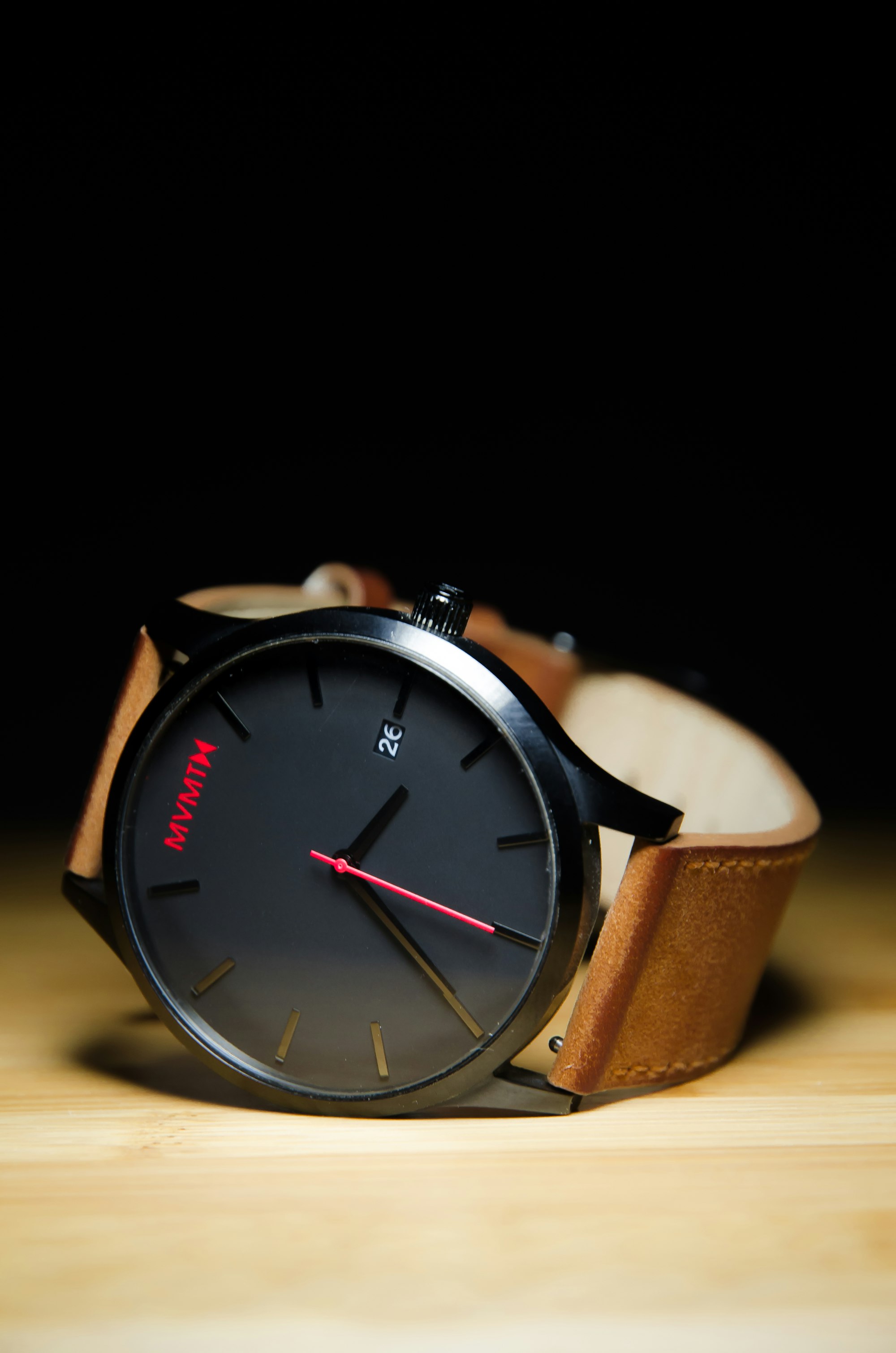First Day of the Quarter effect (FDQ)
First Day of the Quarter effect is searched in the days following at the beginning of each Quarter of the Year.
ForecastCycles FDQ strategies
First Day of the Quarter effect (FDQ) is analyzed with 3 strategies in ForecastCycles, which are FDQ 1, FDQ 2, and FDQ 3.
About the strategies:
- each one enter in the same day: at the beginning of a quarter, that is the 1st trading day of Jan, Mar, Jul, Sep
- each one close the position in a different day: after a different number of trading days.
- For example FDQ 2
- opens the position at the 1st trading day of the month and
- closes it at the closing price of the 2nd trading day of the month.
Literature review
Gil Cohen in his research of 2014 “Why don’t you trade only four days a year? An empirical study into the abnormal returns of quarters first trading day”, found a very brief period in which returns of S&P 500 tend to concentrate, that is the first trading day of each quarter:
“In this research I have called attention to a calendar anomaly that occurs at the beginning of each quarter. By calculating daily and annual returns for the S&P500 over 34 years, I have shown the existence of a First Day-of-Quarter (FDQ) effect. This anomaly becomes statistically significant beginning in the year 2000.
By trading only four days a year from the beginning of 2000 until the end of 2013, an investor could have gained 113.1% return, while exposing himself to stock risk only for 56 days. Moreover, for 11 of those 14 years of trading, the FDQ contributed more than 10% to the annual returns. Only for two years (2001 and 2005) the FDQ contributed negatively to the annual returns.
The biggest gainer of the FDQ is the financial sector, which for the last 13 years of investing has been non-productive, showing a −6.12% total return. Investing only at the beginning of each quarter for a total of 52 days would have yielded a return of 40.17%. The next beneficiary of the FDQ is the technological sector. The 82.5% of total return gained in this sector over the last 13 years could have been gained in only 52 days of trading.”
Conclusion
Summarizing, from 2000 to 2013, an investor would have earned 113.1% gross return in his portfolio, by investing in S&P 500 just 56 trading days (the FDQ days) out of 3500 trading days (14 years).




